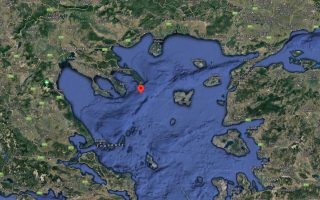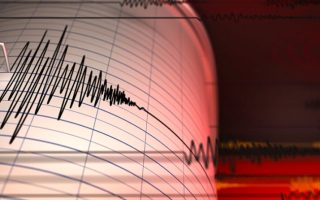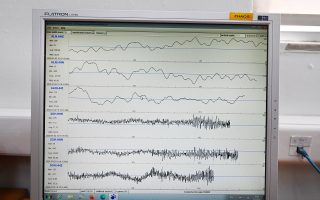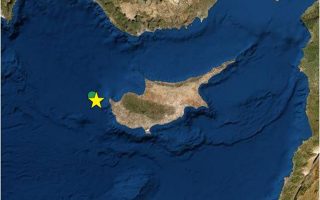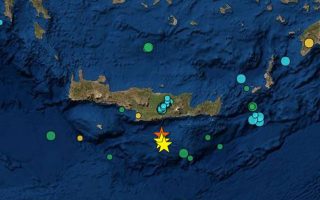5.4-magnitude tremor occurred in especially active area, expert says
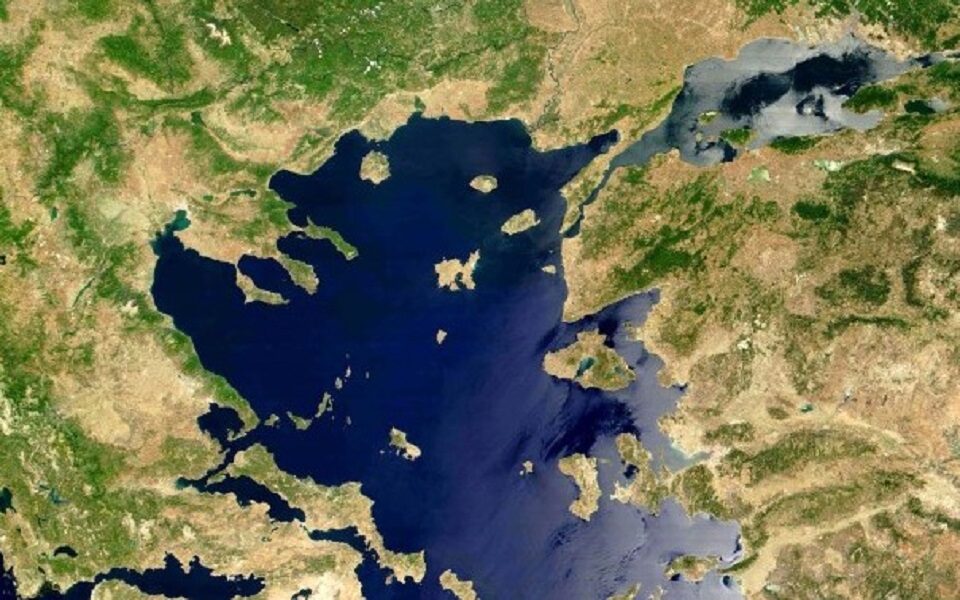
The 5.4-magnitude earthquake that rattled Greece early Sunday afternoon comes from one of the largest, most active geological faults in Greece, an expert tells Kathimerini.
Vassilis Karakostas, Professor of Seismology at Aristotle University of Thessaloniki, told Kathimerini that the Northern Aegean trench is a continuation of the very active Anatolian trench, which lies over Turkey.
The quake struck at 1.48 p.m. Local time (1148 GMT) just south of the Mt. Athos peninsula and was felt in Athens, 225 kilometers (140 miles) away.
It was followed by over 10 aftershocks, the strongest of which was a 4.5-magnitude.
It is too early to say whether the 5.4-magnitude tremor was the main one, Karakostas said, adding that it will take at least 24 hours to determine this. At least, he said, it occurred under the sea and far from any significant settlement.
The Northern Aegean trench has produced stronger tremors, Karakostas said.
Greece lies near the meeting point of the Eurasian and African tectonic plates and this makes strong earthquakes a regular occurrence, with a significant potential for a devastating tremor.
Local officials in the Chalkidiki peninsula, near the epicenter, have reported no damages or injuries from the earthquake and the subsequent tremors.
